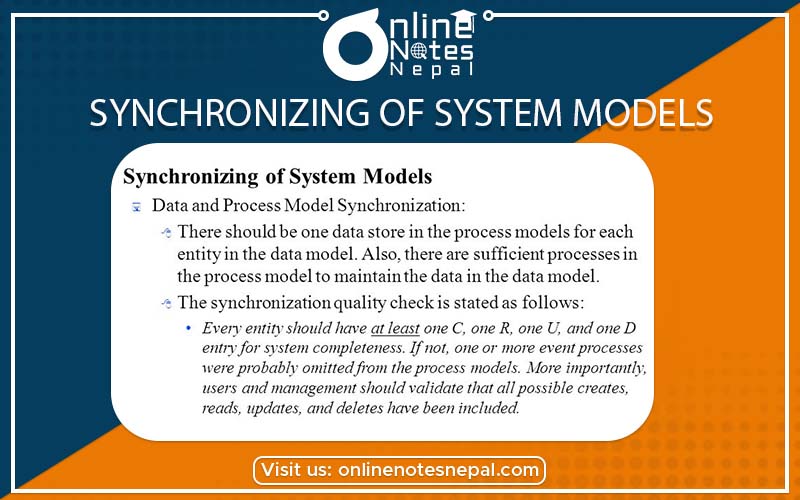Published by: Nuru
Published date: 16 Jun 2021

System modeling is the process of developing abstract models of a system, with each model presenting a different view or perspective of that system. System modeling has now come to mean representing a system using some kind of graphical notation, which is now almost always based on notations in the Unified Modeling Language (UML). System modeling helps the analyst to understand the functionality of the system and models are used to communicate with customers.
The basic concepts of synchronization have been presented, and several case studies have been implemented as simulation models. The need for synchronization originates when processes need to execute concurrently. The main purpose of synchronization is the sharing of resources without interference using mutual exclusion. The other purpose is the coordination of the process interactions in an operating system. Semaphores and monitors are the most powerful and most commonly used mechanisms to solve synchronization problems. Most operating systems provide semaphores. The producer-consumer problem (also known as the bounded-buffer problem), and the readers-writers problem are two classical case studies considered to describe and test synchronization mechanisms.
There are two types of synchronization: data synchronization and process synchronization:
Process Synchronization
Data Synchronization